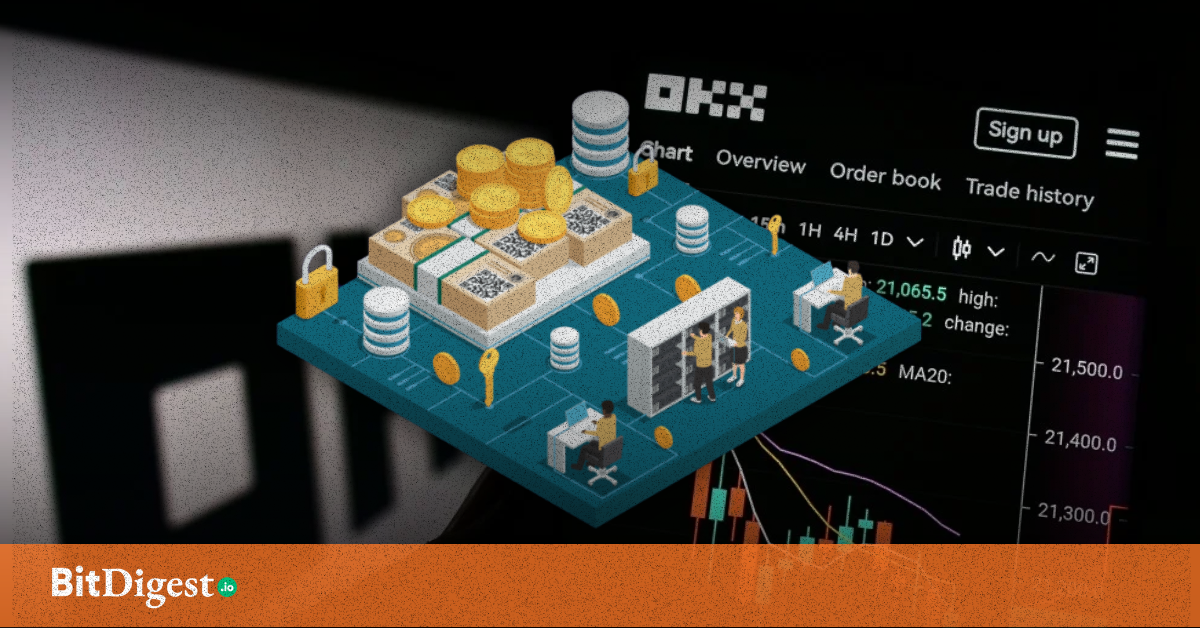Econia: Revolutionizing Trading on the Blockchain

Traditionally, finance and trading instruments have always been centralized, relying on intermediaries and complex infrastructures. This often results in high fees, limited accessibility, and counterparty risks. However, the recent rise of Web3 highlighted the need for a more equitable distribution of resources. Decentralized Finance (DeFi) platforms have emerged as a result, allowing almost anyone to trade without restrictions. Now, the Aptos blockchain is getting its own piece of the pie with the Econia order book providing technology to improve everyone’s trading experience!
How Does Econia Work?
Econia offers a decentralized, high-performance order book built on the Aptos blockchain.
An order book is an electronic list that shows all the buy and sell orders for a specific asset, organized by price. It provides a real-time snapshot of supply and demand at different price levels.
Econia brings this concept to the world of crypto. Users can place orders to buy or sell assets at their desired price. If one wants to buy Coin X only at $10 but its current price is $11, Econia will allow them to place a limit order When a buyer's order matches a seller's, a trade is then executed automatically and atomically.
Econia's High-Performance Architecture
One of Econia's key strengths is its ability to handle vast amounts of trading activity without compromising speed or accuracy. This is achieved through various factors. For one, Econia is built to be hyper-parallelized from the ground up. This means that Econia can execute transactions simultaneously. By significantly enhancing the system's capacity to process a large volume of trades, Econia reduces latency and improves its overall performance.
Another key innovation of Econia lies in its atomic matching engine. With this, the condition of the order book can be updated at the same time a trade takes place. The platform also employs direct asset routing which differentiates it from many other decentralized exchanges (DEXs). Rather than maintaining a central pool of assets for all traders, Econia facilitates direct transfers of assets between the trading parties involved in each trade. This offers several benefits. First, by being non-custodial, Econia reduces centralized threats to protocol theft. The assets are always under the control of the traders. Moreover, direct asset transfers can often be processed more quickly than transfers through a centralized pool. Lastly, not having to lock up assets gives traders more flexibility and privacy with their funds.
Use Cases
Econia's unique infrastructure opens up several possibilities for both crypto users and developers. Here are some potential use cases:
- DeFi: Econia provides the core trading infrastructure for DeFi, offering users a secure and efficient platform to trade a wide range of cryptocurrencies. It enables traditional order book-based trading, catering to traders who prefer capital efficiency.
- Derivatives Trading: Econia's architecture can support the creation of complex financial derivatives, such as options, futures, and perpetual contracts. These offer advanced traders much more options to utilize that other DEXs may lack.
- Institutional Adoption: Institutional traders used to traditional finance may shy away from smaller liquidity and lack of infrastructure in crypto trading. Econia's ability to handle large trading volumes and low latency solves this problem, making it more suitable for institutional investors who want to enter the DeFi space.
As Web3 and DeFi continue to grow, the need for more accessible trading apps will as well. Through Econia, many more traders will get access to traditional trading tools—but in a decentralized way! By increasing financial inclusion and market efficiency, Econia helps reshape how people trade.
.svg)


.svg) SHARE TO FACEBOOK
SHARE TO FACEBOOK SHARE TO TWITTER/X
SHARE TO TWITTER/X SHARE TO LINKEDIN
SHARE TO LINKEDIN SEND TO MAIL
SEND TO MAIL





.svg)


.svg)